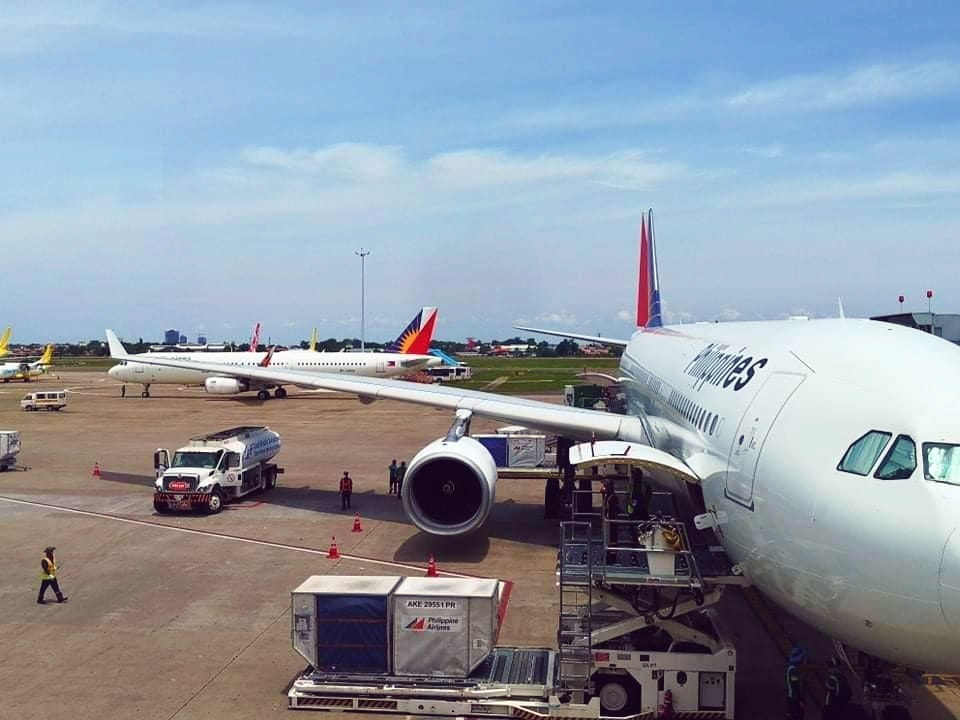United Airlines is fast-tracking its implementation of SpaceX’s Starlink satellite internet service, with the first commercial flight now scheduled to take off this spring on an Embraer E-175 aircraft, several months ahead of initial projections.
The Chicago-based carrier announced yesterday that testing of the high-speed internet service will begin next month, marking a significant milestone in the partnership announced last September.
The accelerated timeline includes plans to equip United’s entire two-cabin regional fleet with Starlink by the end of 2025, with the first mainline aircraft expected to feature the service before year-end.
In a move that could reshape the competitive landscape of in-flight connectivity, United will offer Starlink access free of charge to members of its MileagePlus loyalty program.
The service promises to deliver ground-like internet speeds that support streaming, gaming, and enhanced shopping experiences at cruising altitude.
“We have a lot planned for our MileagePlus members this year and adding Starlink to as many planes as we can – as quickly as we can – is at the center of it all,” said Richard Nunn, CEO of United MileagePlus.
“It’s not only going to revolutionize the experience of flying United, but it’s also going to unlock tons of new partnerships and benefits for our members that otherwise wouldn’t be possible.”
The announcement represents the largest commercial aviation deployment of Starlink to date.
The satellite internet service, operated by SpaceX, utilizes a constellation of low Earth orbit satellites to provide high-speed, low-latency internet connectivity.
The airline reports that approximately 31,000 United seats are occupied daily by MileagePlus members using award travel.
Unlike traditional in-flight Wi-Fi systems, Starlink’s technology promises gate-to-gate connectivity and performance comparable to ground-based internet services.
As the world’s largest airline by available seat miles, United’s accelerated Starlink deployment represents a substantial expansion of SpaceX’s aviation presence and could set new standards for in-flight connectivity in commercial aviation.

























Leave a comment